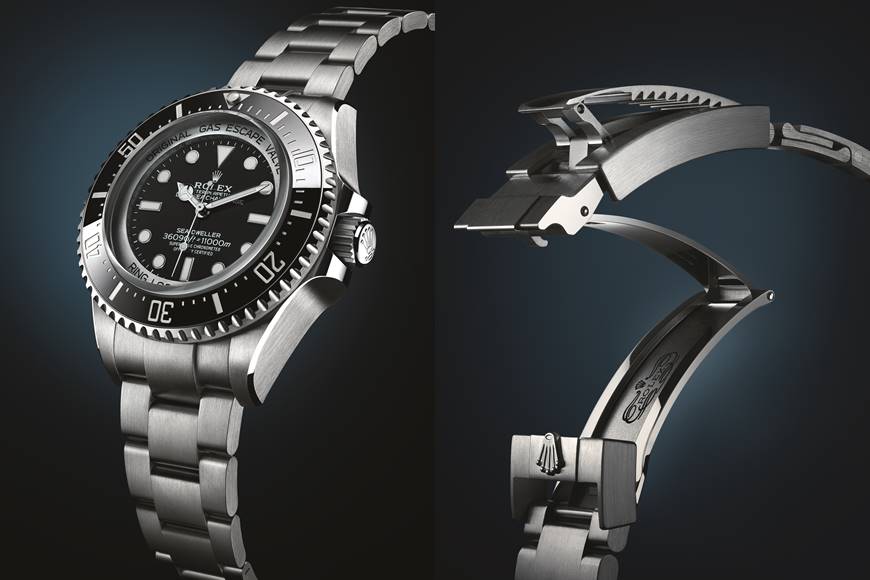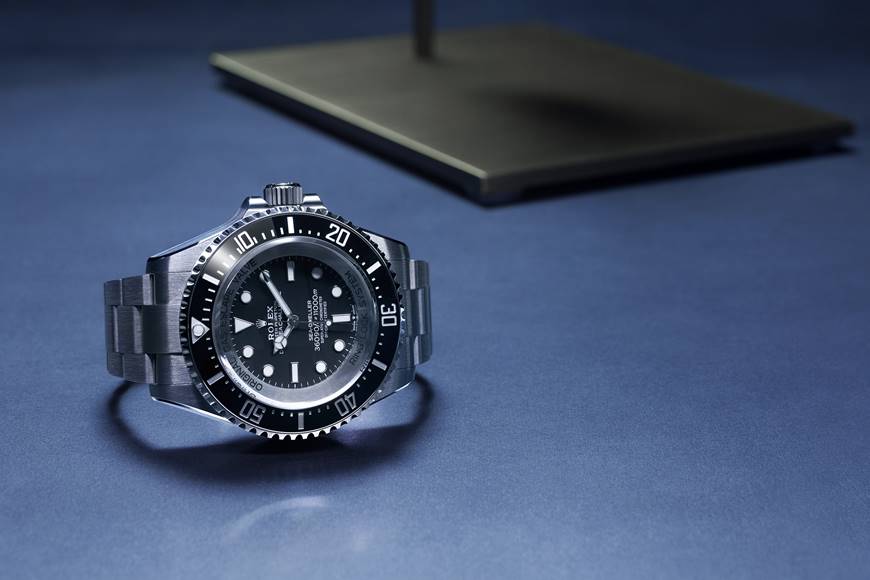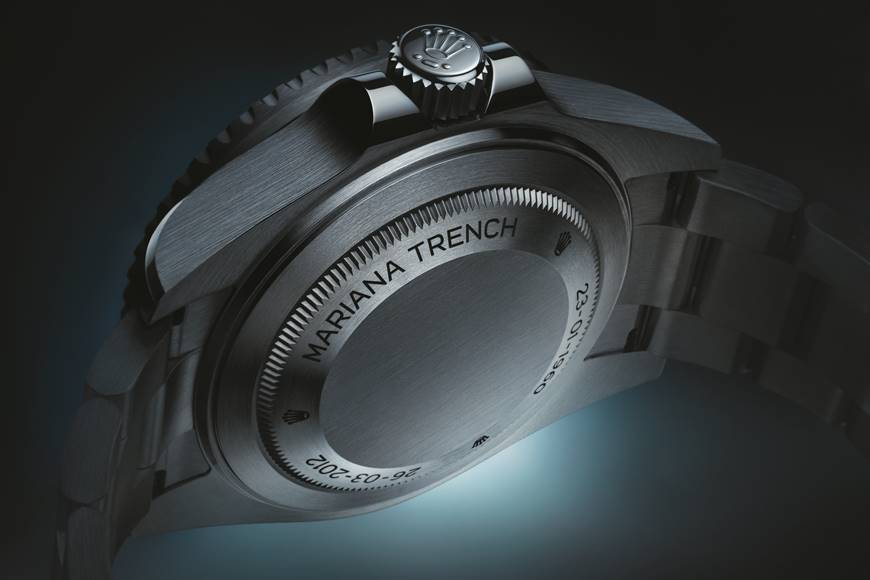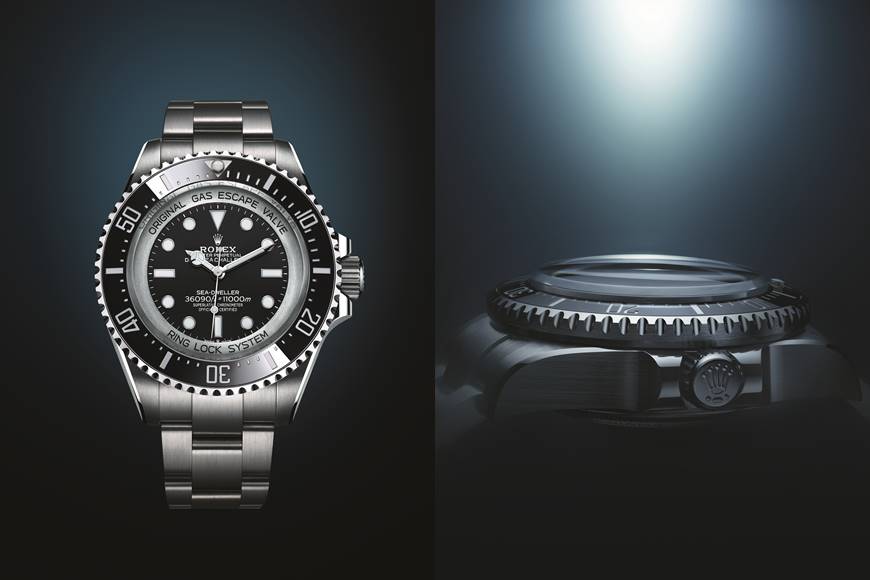For Rolex, which has achieved remarkable success in the field of diving watches, they are constantly developing iconic styles. The newly launched Deepsea Challenge watch, with a water resistance depth of 11,000 meters, has become the leader in mass-produced diving watches. Each watch undergoes high-pressure chamber testing to simulate the pressure at a depth of 13,750 meters in the deep sea, ensuring excellent waterproof performance; the lightweight RLX titanium construction also brings innovation to the watchmaking industry, causing a global sensation as soon as it was released.

First, let’s talk about the appearance design of the watch. The oversized 50mm diameter is a major highlight. The case is made of grade 5 titanium, which is 30% lighter than the experimental watch in 2012. Rolex named this titanium metal RLX Titanium. The sapphire crystal is thinner and ergonomic. The strap is equipped with the Rolex Glidelock extension system and Oyster-style folding extension links, which can be worn on a 7mm diving wetsuit.

The Deepsea Challenge is equipped with a 3230 automatic movement, with a power reserve of 70 hours; featuring the Chronergy escapement system, the anti-magnetic Parachrom hairspring, and the Paraflex shock absorbers. Like all Rolex watches, it has the top-level observatory precision timepiece certification, with an average daily deviation of within plus or minus two seconds after the movement is cased.

To pay tribute to the deep-sea explorers who made history in the past, the watch case back is also engraved with the words “Mariana Trench” and the two sets of numbers “23-01-1960” and “26-03-2012”. These two sets of numbers represent the dates when Swiss oceanographer Jacques Piccard and James Cameron equipped with Rolex watches descended into the Mariana Trench, highlighting the new milestone set by the Deepsea Challenge in the human exploration journey of watchmaking craftsmanship.

